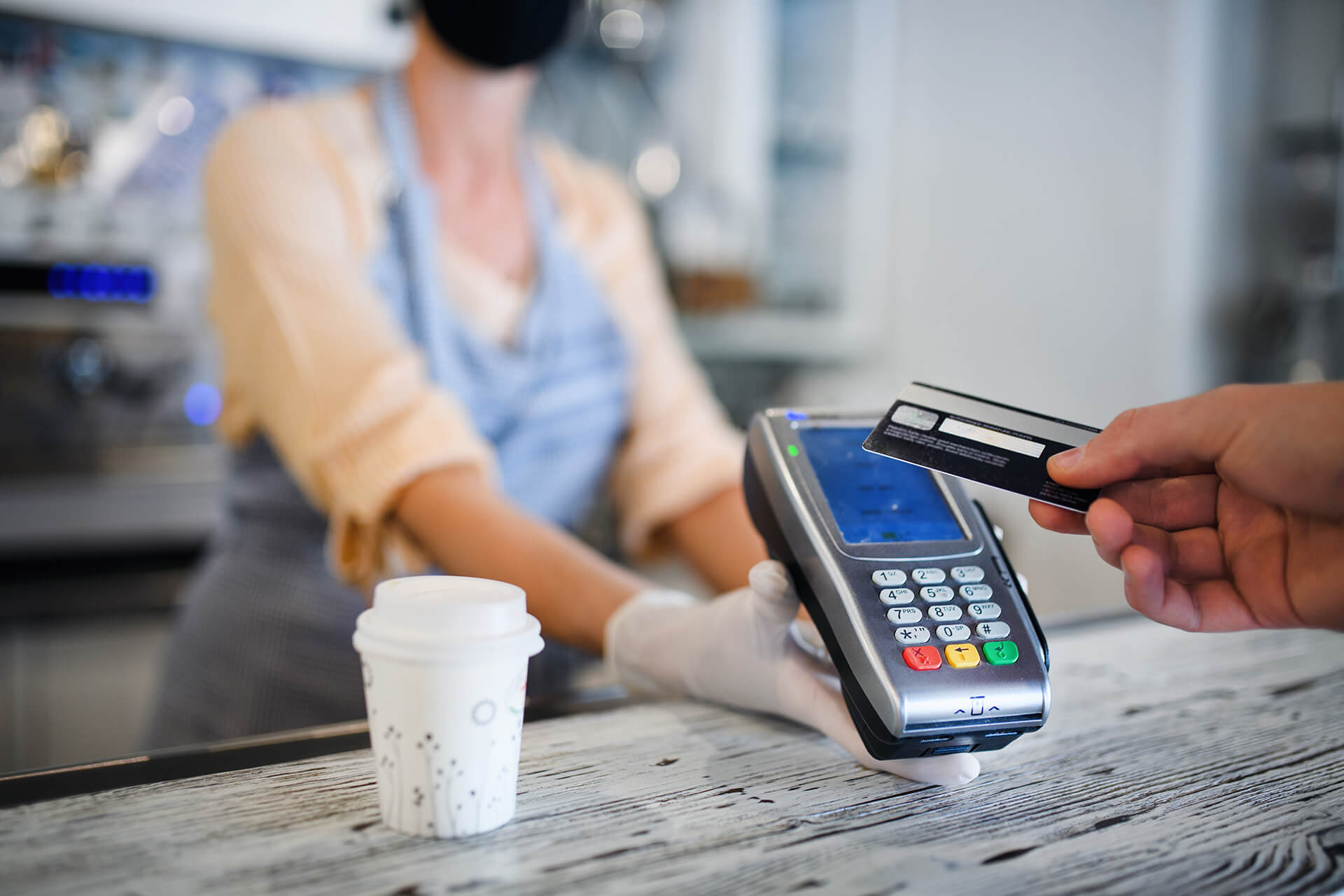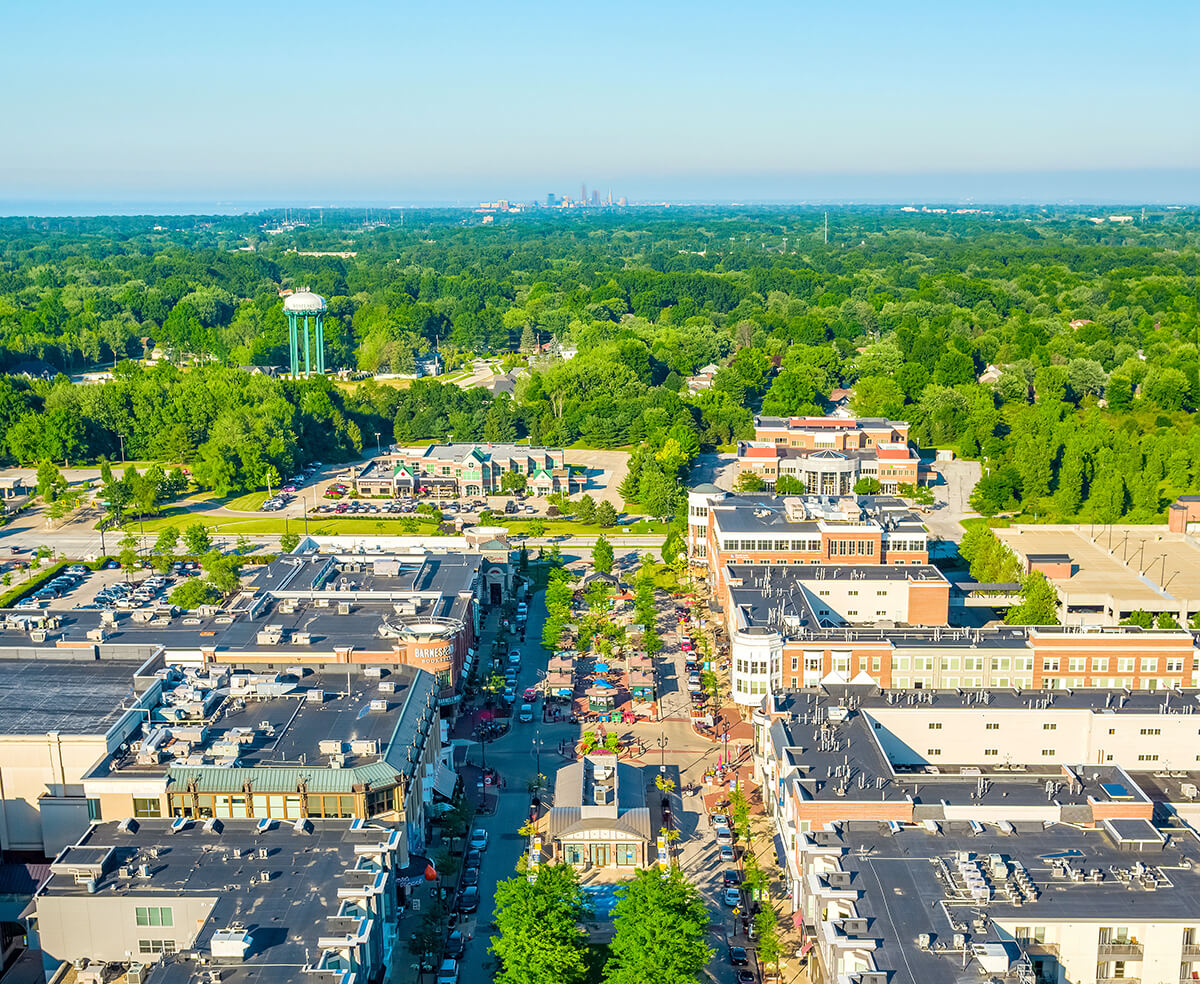Can’t Touch This – The Movement Towards Contactless Tech
From the Desk of the COO
Last week, I pulled up to the gate at my work garage which uses object character recognition to read my license plate and lift open, then I entered my office building through a revolving door that utilizes sensors to detect movement and automatically rotate, waved my ID badge in front of the fob reader to seamlessly unlock and open the main entry to Stark Enterprises, and walked into my office as the motion sensor lights illuminated the room. Then I sat down to think about what I was going to write about in my next blog post. It took me a moment, but I soon realized that it was right there in front of me the whole time … contactless technology.
When you stop to think about it, it’s astonishing just how much of this technology surrounds us. Our daily lives have been inextricably infused with contactless tech for quite some time. It began with the aforementioned things like automatic gates, doors, locks, lights, etc. and has since graduated to Bluetooth devices, voice assistants, and live streaming doorbells. Up until now, the manner in which we utilized this technology varied depending on our predilection towards hands-free devices, and in large part, our wallet, but the coronavirus has underscored the importance of contactless tech and vastly accelerated its adoption to help slow the spread.

Safeguarding high frequency touchpoints and accessways is one of the main objectives in combating COVID-19 at our properties. We have installed convenient hands-free sanitizing stations alongside these zones in addition to creating dedicated access points, reconfiguring sitting areas, and removing handheld materials. As our restaurant and retail partners have adopted new contactless tech like no-touch payment systems and web/app based pickup and delivery services, we have worked closely with them to reorient high traffic areas to reduce congestion and helped them section off dedicated outdoor spaces for curbside pickup and distanced in-person queueing.
Additionally, we have shifted how we utilize existing technology to connect with and disseminate information to the public. At our shopping centers Crocker Park and Eton Chagrin Boulevard we have installed state-of-the-art touchscreen directories, but with the movement towards no-touch, we have transitioned these units to function more like digital billboards, displaying pertinent health and safety information to our visitors without the need to physically interact with the device itself. At our residential properties The Beacon and Crocker Park Living we have leveraged our existing digital platforms (website, social media, apps) to perform virtual tours, host live meetings and events, and distribute/process important documents.

Beyond that, we have begun discussing the broader implementation of touch-free technology that we believe will become the norm in the coming months and years. Contactless payment options have already seen a huge increase in usage and will continue to grow. The idea of simply ordering/paying online and picking up goods, whether in-store or curbside, has become much more commonplace. For point-of-sale instances, Near-Field-Communication, or NFC (now standard in most smartphones and credit cards), has become widely used to power Apple Pay and Google Pay transactions, eliminating the need for the exchange of banknotes or coins. As I mentioned earlier, gathering information about products or places via digital displays or by simply pointing your phone camera at them will reduce the need of direct physical contact. Similarly, settling monthly rental/lease payments, requesting maintenance or technical help, and scheduling appointments are tasks that can easily be done remotely and without person- to-person interaction.
The contactless world has been under our nose for years, but with the rapid spread of the coronavirus and the ambiguity of its duration, it has been suddenly thrust to the forefront. In many ways, the process of creating healthier, safer environments hinges on our adaptation to and adoption of no-touch technology. Along with the cure itself, it is one of the most critical aspects of us returning to a version of normal. So, the next time you head out for groceries, get gas, or pick up a to-go meal, be sure to appreciate the touch-free tech that is already in place helping us reduce touchpoints and interactions. And pay attention to the process itself, you may just come up with the next big idea that will keep us all healthier and safer. 

Sincerely,
Ezra Stark, Chief Operating Officer


